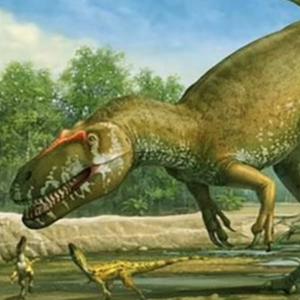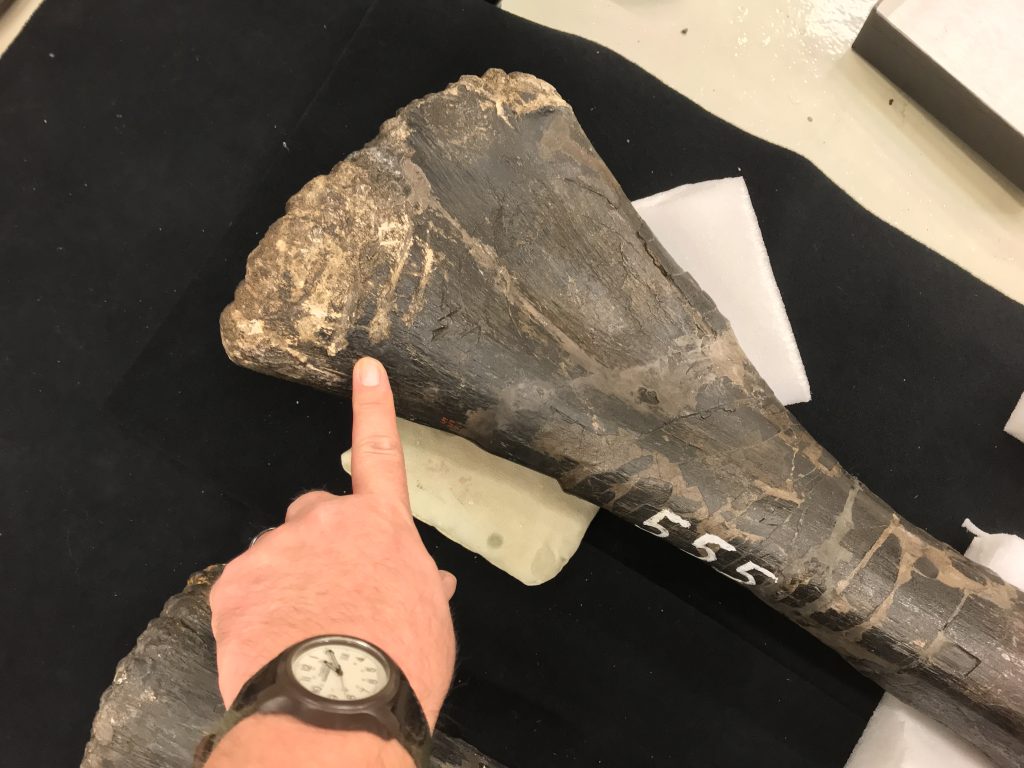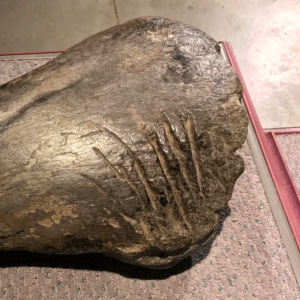"Bite Marks On Bones Show Wyoming’s Largest Dinosaurs Lived Fast And Died Fast"
New research sheds light on the dining habits of ancient carnivorous dinosaurs from Jurassic rocks of the USA. A recent scientific study published in PeerJ Life & Environment by Roberto Lei (Università degli Studi di Modena e Reggio Emilia) and colleagues explores the bite marks left on the ancient bones of the giant long-necked sauropod dinosaurs like Diplodocus and Brontosaurus by carnivorous theropod dinosaurs.
In the Press

Bone bite marks reveal dinosaur predator-prey dynamics

Smaller Carnivores Found To Feast On Giant Long-Necked Dinosaurs
.

Bite Marks On Bones Show Wyoming’s Largest Dinosaurs Lived Fast And Died Fast
For All Readers - AI Explainer
Why is the discovery of tooth-marked sauropod bones significant?
The tooth-marked sauropod bones provide crucial evidence about the feeding choices of extinct carnivorous dinosaurs. In this case, researchers have uncovered a large number of sauropod bones from the Upper Jurassic Morrison Formation in the USA with bite traces attributed to theropods. This finding sheds light on the interactions between different dinosaur species and their ecological roles.
What do the bite traces reveal about the theropods responsible for them?
While most bite traces in the Morrison Formation are typically linked to the well-known tyrannosaurs, this study highlights that other large carnivores, or theropods, were also involved. The presence of tooth wear in non-tyrannosaur theropods suggests they were biting into bone, but identifying the specific theropod responsible remains challenging due to multiple potential candidates and various factors influencing the fossil record.
How common are these bite traces on sauropod bones?
Bite marks on sauropod bones, though less frequent than in tyrannosaur-dominated environments, are surprisingly numerous in the Morrison Formation. The study underscores that these bite traces are underrepresented in scientific literature, indicating a potentially rich source of data that could enhance our understanding of the feeding habits and ecology of large Late Jurassic theropods.
What implications do the findings have for our understanding of dinosaur behavior?
The study suggests that theropods, beyond tyrannosaurs, likely engaged in feeding on sauropods. The lack of evidence for healing in the observed bite traces and the presence of tooth wear in non-tyrannosaur theropods imply a preference for scavenging or preying on juvenile sauropods. This provides valuable insights into the complex interactions within dinosaur ecosystems during the Late Jurassic period.
Why is it difficult to draw conclusions from the dataset as a whole?
Interpreting the bite traces poses challenges due to multiple factors such as the presence of various theropod species, variations in time and space, different deposits, and sauropod taxonomy. The taphonomic and behavioral factors further complicate the analysis. The researchers emphasize the need for detailed studies of individual specimens and highlight the importance of considering the taphonomic history of the site to draw more accurate conclusions.
What is the next step to learn more?
The researchers emphasize that, despite the valuable insights gained from this study, further detailed examination of individual specimens is necessary. Understanding the taphonomic history of each specimen and site is crucial to interpreting the carnivore-consumed interactions accurately. The study points to the availability and importance of bite traces on sauropods, but the conclusions remain tentative until more extensive research is conducted.

What are Article Spotlights?
Spotlighted articles are press released, and feature author interviews, AI explainers and more.
If you have published in Peer J and would like to be featured in an Article Spotlight please contact PeerJ.


